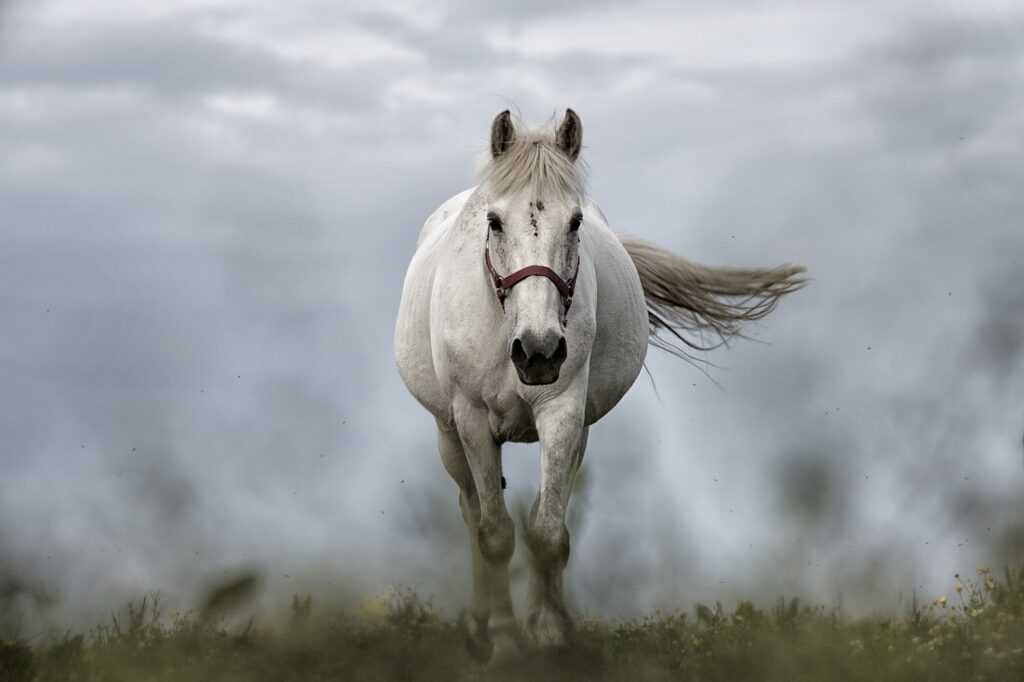Unique Floral Pattern
In the world of botany, there is an exceptional flower that stands out due to its distinctive pattern the boylecheloid flower. This rare bloom captures the attention of both seasoned botanists and casual observers with its intricate design and captivating beauty.
Discovery and Origin
The boylecheloid flower was first discovered in the remote jungles of South America by renowned botanist Dr. Amelia Boyle in the early 19th century. Its name, derived from Dr. Boyle’s surname and the Greek word “cheloid” meaning clawshaped, perfectly encapsulates its unique characteristics. This flower’s origin story adds an element of mystery and allure to its already enchanting presence.
Characteristics of the Boylecheloid Flower
Color Palette: The boylecheloid flower boasts a vibrant color palette, ranging from deep crimson to royal purple, with hints of gold along its petals. This striking combination sets it apart from other floral species and adds to its visual appeal.
Intricate Patterns: What truly distinguishes the boylecheloid flower is its intricate patterns. Each petal is adorned with delicate, lacelike markings that resemble intricate lacework. This level of detail is a testament to the flower’s unique genetic makeup and showcases nature’s unparalleled artistry.
Scent Profile: In addition to its visual splendor, the boylecheloid flower emits a sweet, intoxicating fragrance that lingers in the air. The aroma is often described as a mix of vanilla and jasmine, creating a sensorial experience that complements its physical beauty.
Cultural Significance
Throughout history, the boylecheloid flower has held symbolic significance in various cultures. In ancient folklore, it was believed that the presence of this flower brought good luck and prosperity to those who encountered it. Today, the boylecheloid flower continues to be revered for its mystical aura and serves as a symbol of hope and renewal.
Conservation Efforts
Due to its rarity and vulnerability to environmental changes, conservation efforts have been put in place to protect the boylecheloid flower from extinction. Botanical gardens and research institutions around the world have established special programs to safeguard this precious species and ensure its survival for future generations to appreciate.
Conclusion
In conclusion, the boylecheloid flower remains a botanical marvel that captivates all who have the pleasure of witnessing its beauty. From its origins in the jungles of South America to its intricate patterns and enchanting fragrance, this unique bloom continues to inspire awe and admiration. As we strive to preserve and protect the natural world, let us remember the importance of safeguarding treasures like the boylecheloid flower for generations to come.


 Luxury Travel & Lifestyle Contributor
Rose Boucher brings her love for glamorous travel destinations and luxury living to Glam World Walk. As a lifestyle writer, Rose captures the essence of exotic locations and exclusive experiences, offering readers a taste of the world’s most luxurious getaways. Her expertise in finding hidden gems, coupled with a deep understanding of fashion and culture, adds a unique flair to the site’s content, making her a trusted voice for those seeking elegance in every adventure.
Luxury Travel & Lifestyle Contributor
Rose Boucher brings her love for glamorous travel destinations and luxury living to Glam World Walk. As a lifestyle writer, Rose captures the essence of exotic locations and exclusive experiences, offering readers a taste of the world’s most luxurious getaways. Her expertise in finding hidden gems, coupled with a deep understanding of fashion and culture, adds a unique flair to the site’s content, making her a trusted voice for those seeking elegance in every adventure.
